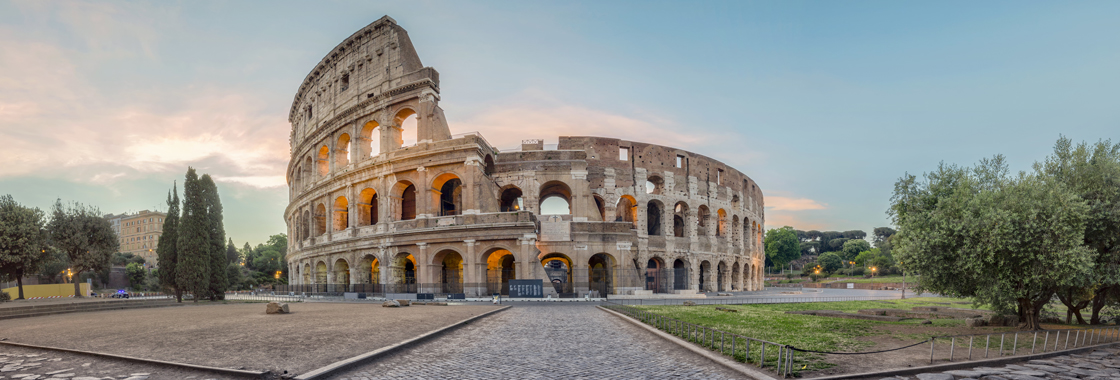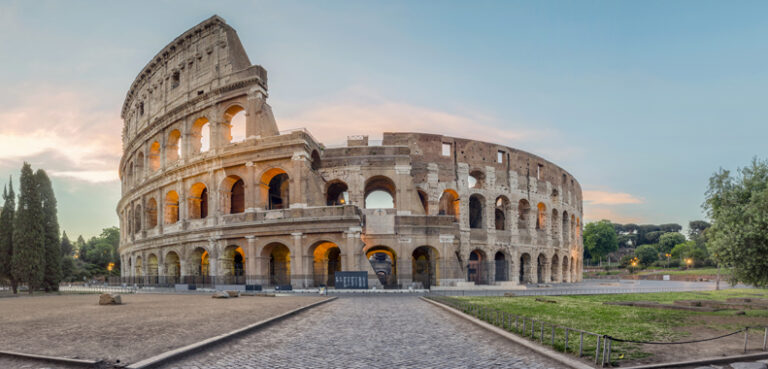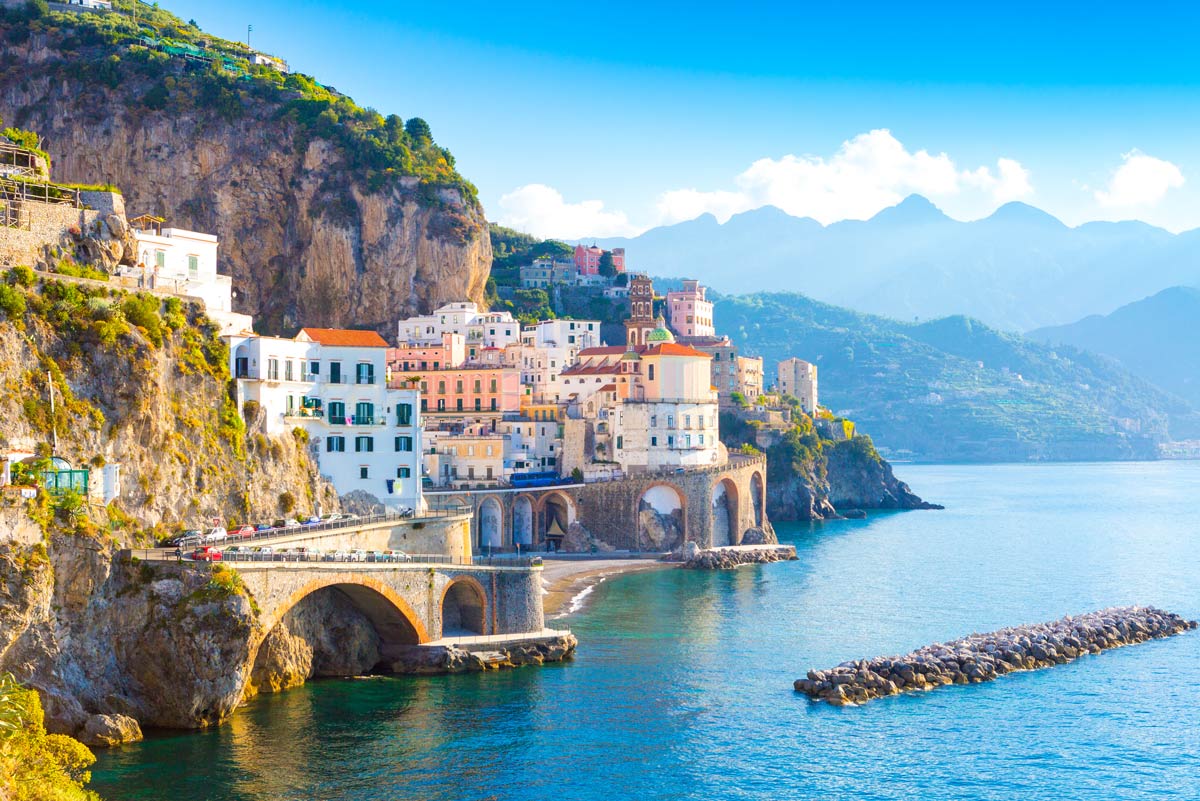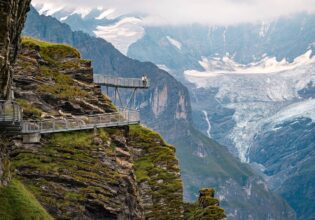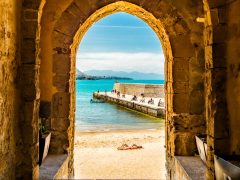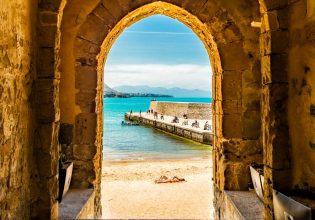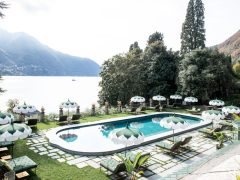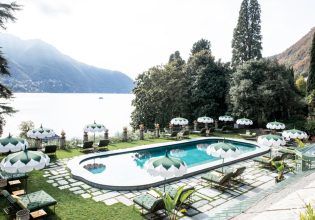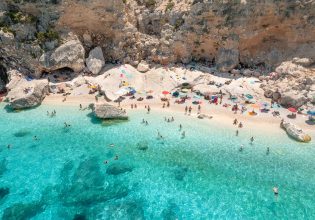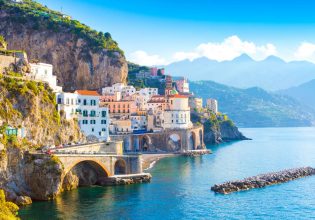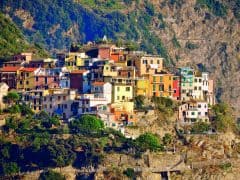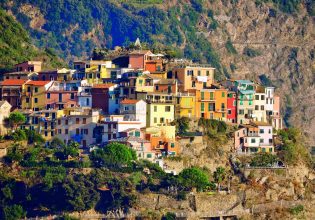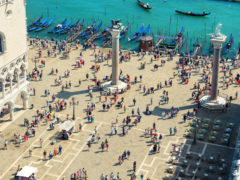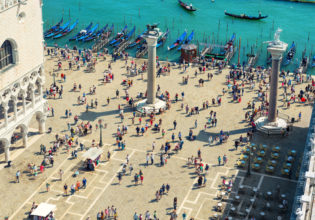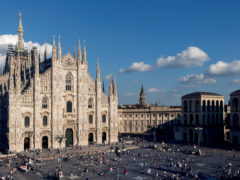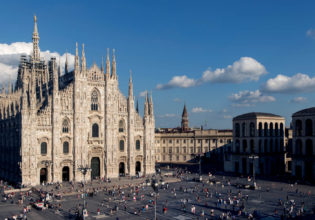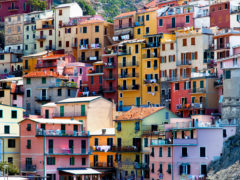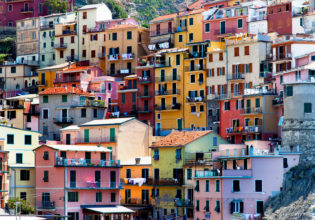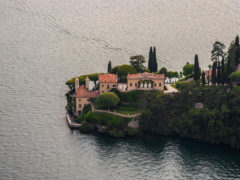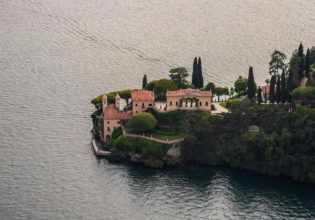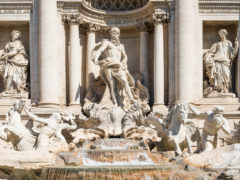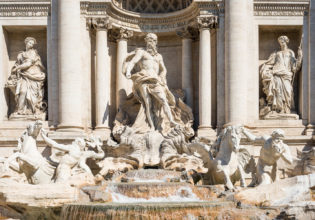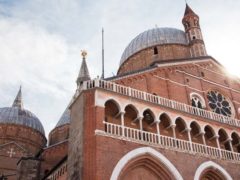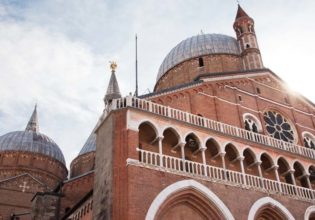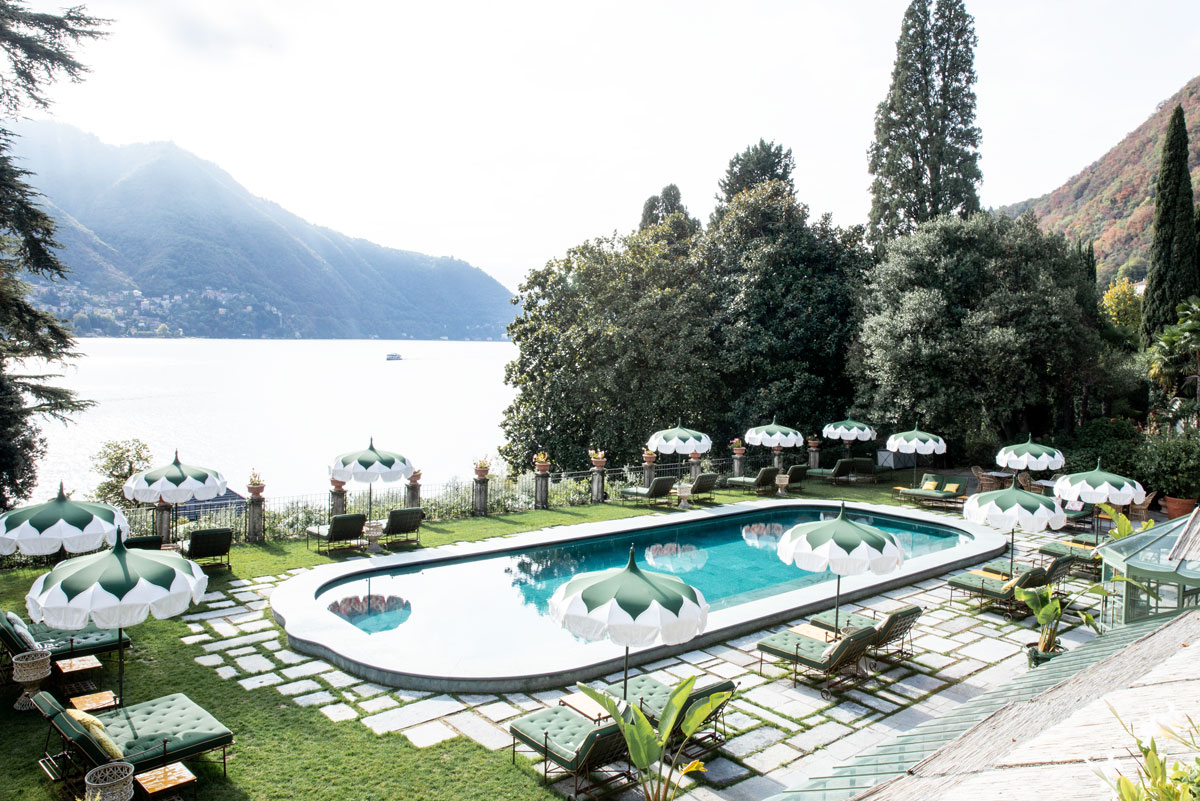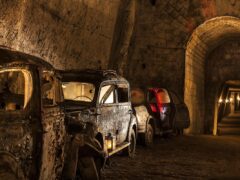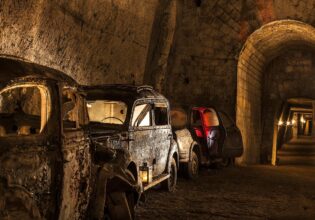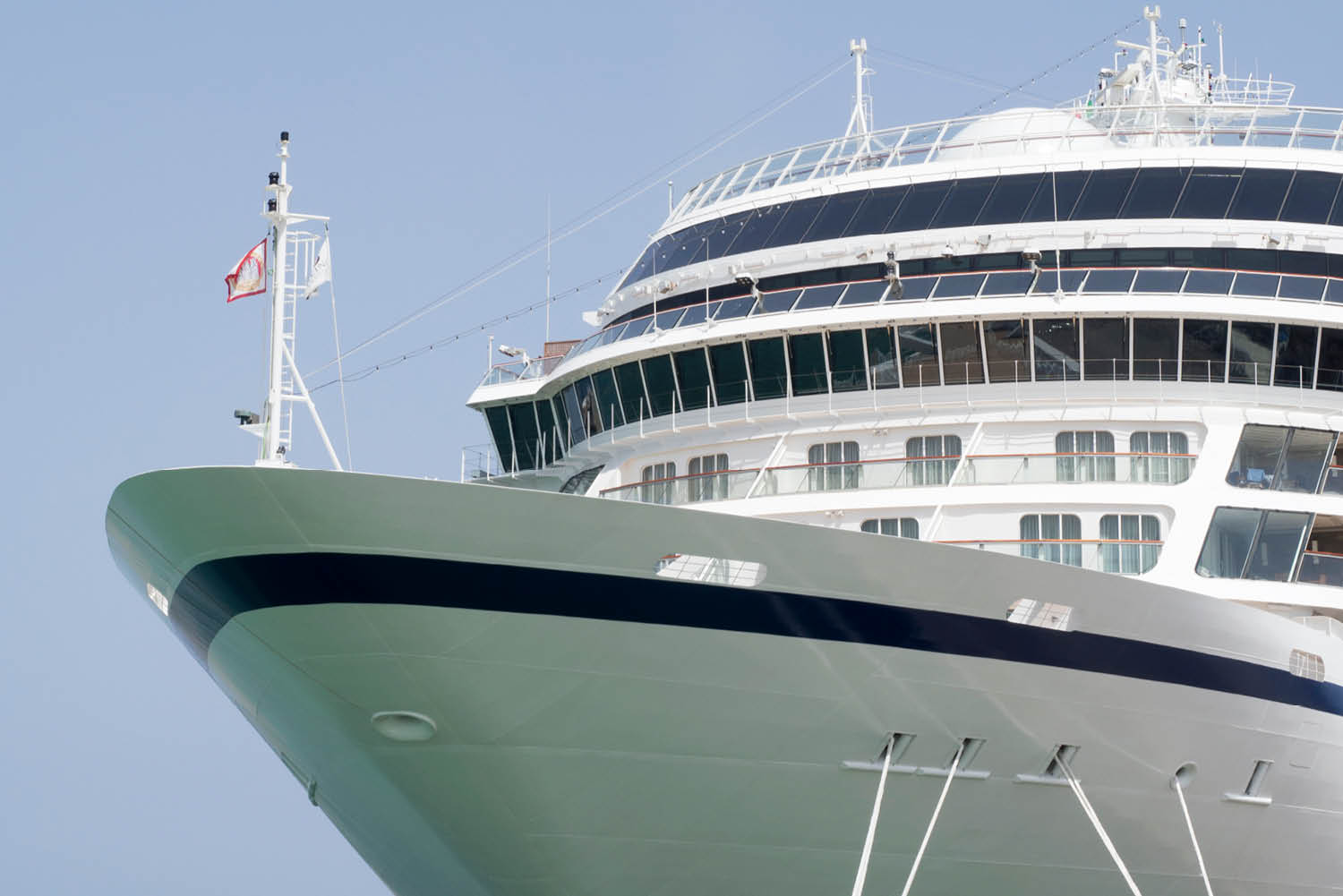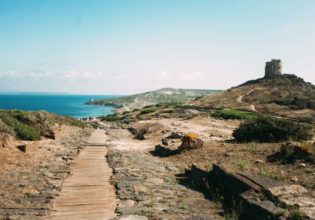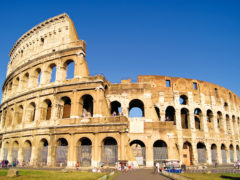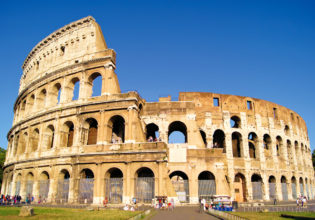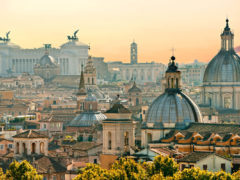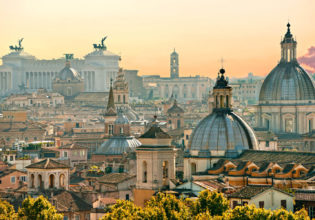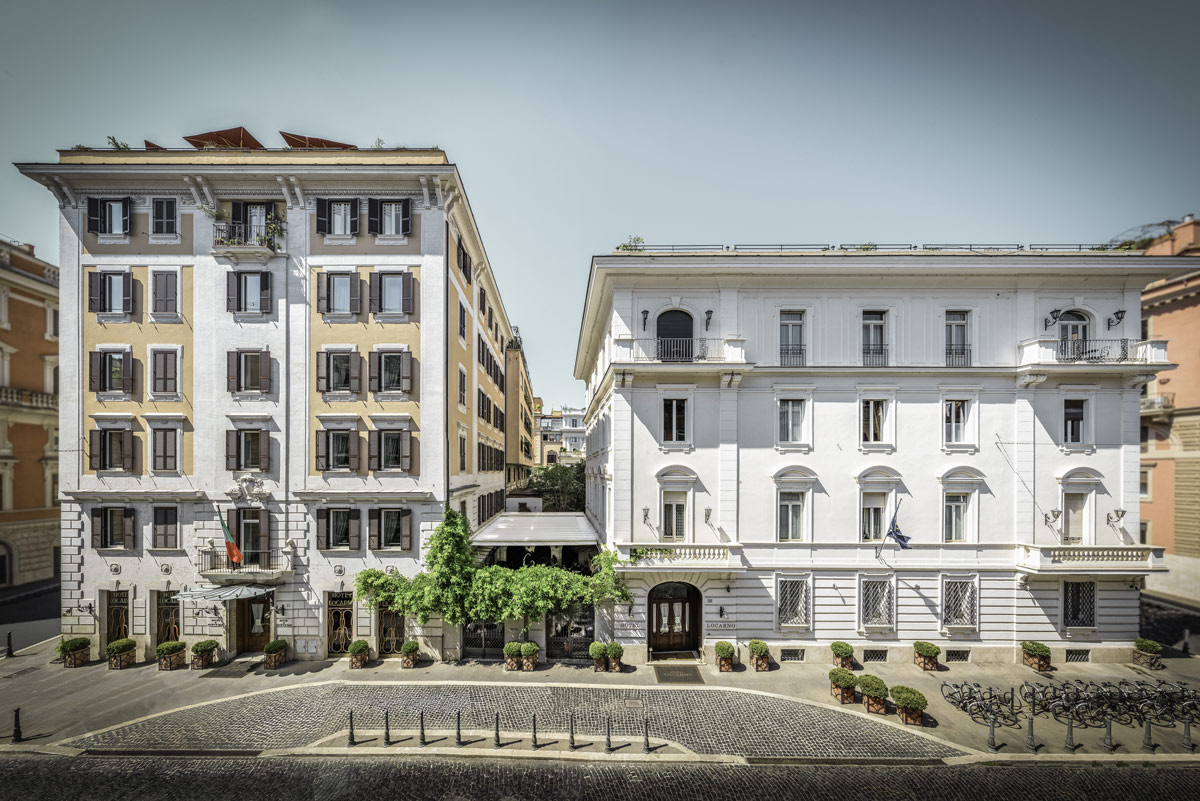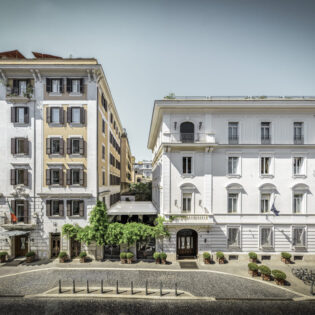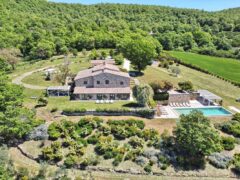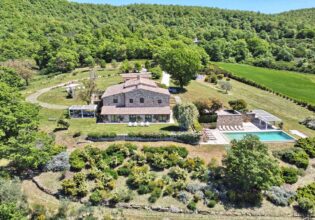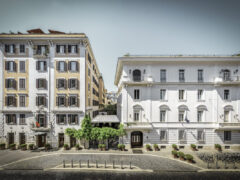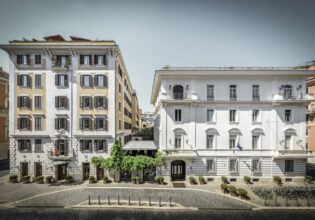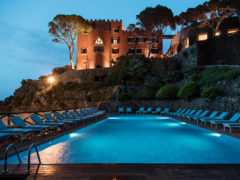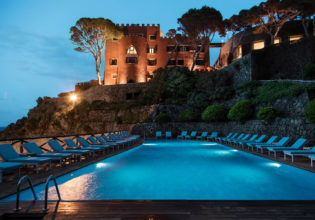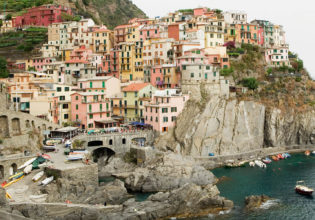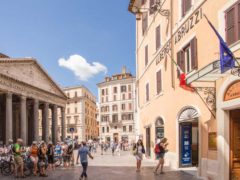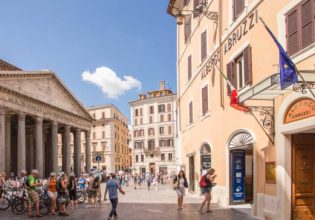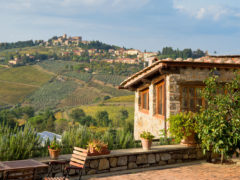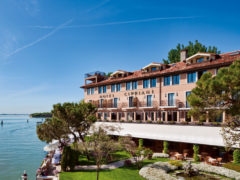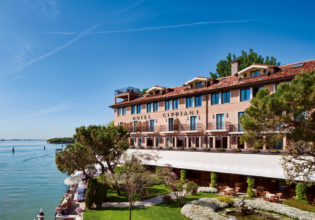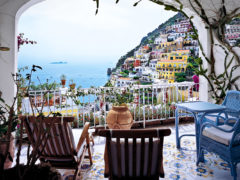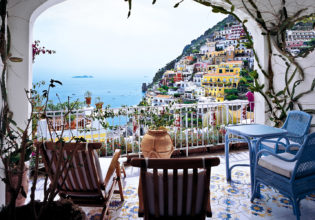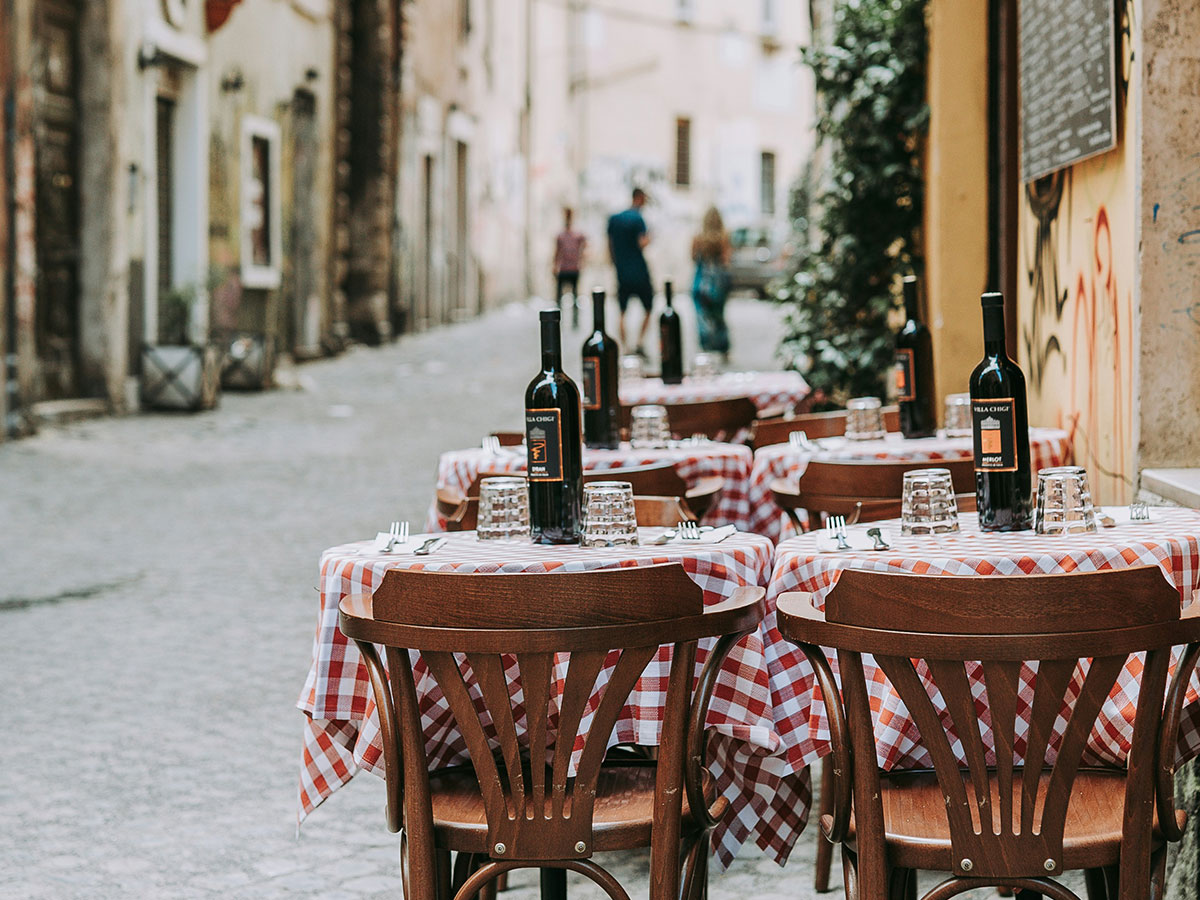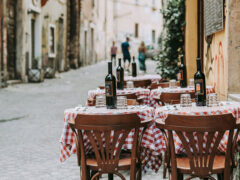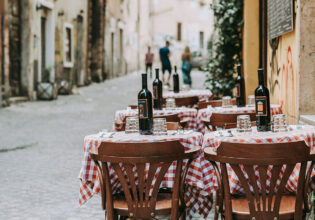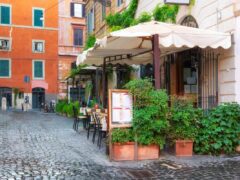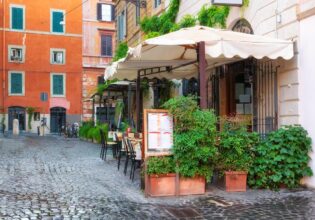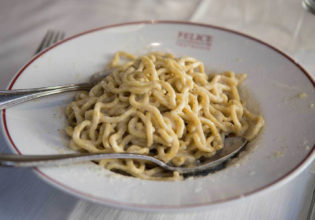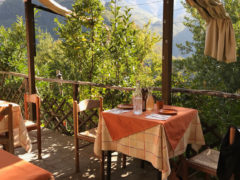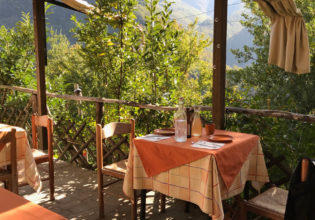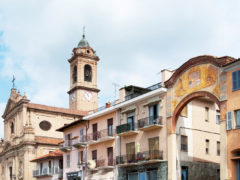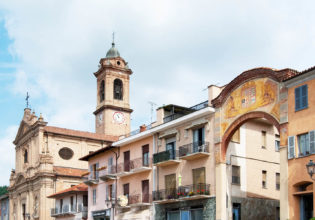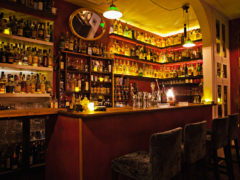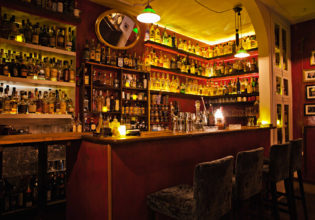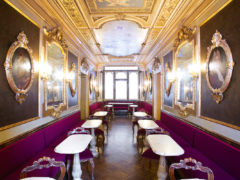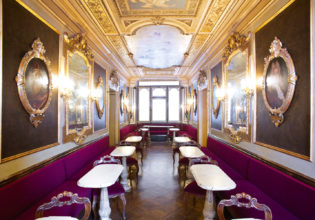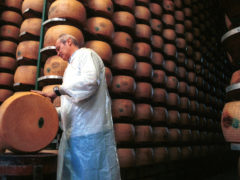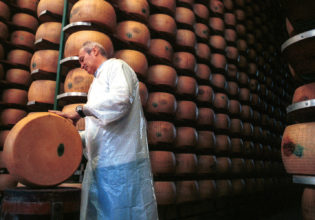Neapolitan pizzas and big, bold red wines from Chianti, the sparkling water of Lake Como and romantic fishing villages of the Cinque Terre – Italy’s combination of world-class food, culture and natural wonders make it irresistible. Welcome to our Italy travel guide.
It’s the country that gave us Pompeii, pasta and Pavarotti as well as countless other icons, so it’s no surprise that travellers often find themselves lured back time and again. Visit once and it could be the start of a lifelong amore.
So where to start when planning your Italian adventure?
Here are our picks of the best things to see and do in Italy.
Best Time to Visit Italy
Every season in Italy has its charms although July and August are the European summer holidays, when prices soar and attractions get busy. For balmy weather and lower prices the shoulder months of April, May, June, September and October are your best bet. The weather in Italy in June is particularly good.
If you’re opting for spring, try and coincide with Easter, when traditional communities in areas such as Sicily celebrate with colourful parades.
The weather in Italy in August is generally very sunny, although it does vary depending on where you go. The Alps and northern regions tend to have a few short showers, while the
beaches around Positano and Puglia are bathed in sunshine.
If avoiding crowds is your priority, wrap up warm and visit Venice in January, when the misty streets are practically deserted, or time your visit to coincide with the famous
carnival.
How to get there
Getting to Italy is easy. There are direct flights to all major Italian cities from Sydney, Melbourne, Brisbane, Perth and Adelaide.
Once there, hiring a car or van and combining camping with hotel stays is an affordable way to explore at your own pace.
Where To Go In Italy
Italy boasts a hugely varied terrain ranging from snowy mountains to forests and Mediterranean beaches. Choosing where to go in Italy entirely depends on what sort of trip
you want.
Skiing in Madesimo, morning spritzes on lemon-scented squares in Capri, horse riding through the lonely mountains of Sicily… Italy offers them all and so much more besides.
While Florence, Venice, Siena and Rome will never go out of style, the earthy soul of the country is perhaps most evident in its sleepy, cobbled villages, where life is still governed by that ancient trio of weather, religion and family. Here are five picturesque villages and hamlets to visit in Italy.
Italy has the Adriatic Sea to the east, the Tyrrhenian Sea on the Mediterranean Coast and the Ionian Sea to the south, so all the beaches have a distinct character. The best beaches in
Italy are generally found in the southern regions of Puglia and Calabria.
Top Things To See and Do in Italy
With so much culture, food and charming countryside on offer, it can hard narrowing down what to do in Italy.
Gourmands will love discovering authentic pizza, pasta and parmesan, while anyone with an interest in culture will be blown away by the baroque architecture and world-famous museums of Rome, Foligno and Bologna.
Mediterranean beaches, sleepy seaside towns like Sorento and rolling vineyards that produce world famous reds can’t fail to impress. And come winter, the Dolomite Alps offer a
host of lesser-known ski resorts for sports lovers seeking an authentic European experience.
Here are some of the best places to visit, no matter what you’re looking for.
Best Italian Beaches
With 7,600 km of coastline, it’s no surprise that Italy is home to some of Europe’s best beaches. In summer, Italians don their speedos and join the throngs of foreign tourists soaking up the rays, but at other times of year you can expect to have the beaches entirely to yourself.
La Costa Degli Dei (the Coast of the Gods) in Calabria has dramatic cliffs and talcum-soft sand – Marasusa is particularly impressive. The island of Sardinia has some of the best
beaches in Italy and is a paradise for water sports with countless beautiful coves lapped by the turquoise water of the Mediterranean Sea.
Tours and Deals
There is so much to discover in Italy that a guided tour can be the best way to get under the destination’s skin. In Autumn, truffle hunting with dogs is a quintessentially Italian activity, while architecture tours can help unearth some of a city’s lesser known gems.
Food market tours, archaeology tours and art tours all lend invaluable insights, particularly when led by locals. And what better way to explore the Amalfi Coast than in a vintage fiat, roof down to capture the smell of the lemon groves?
Best things to do in summer
There are so many ways to live the dolce vita in Italy in the summer months that it can be hard to choose. Exploring the historic towns of the Cinque Terre is always a good option, but if you’re travelling in a group why not rent your own rambling villa in the hills of Tuscany? It’s the perfect way to escape the crowds, and many come with pools and vineyards.
Island hopping is a fabulous way to experience several destinations in one trip. Ponza has lovely beaches, while Elba is speckled with dreamy towns where locals gather in the squares to play backgammon and sip aperitifs in the warm evenings.
What to see in Rome
Steeped in history and oozing style, Italy’s capital is one of the most inspiring cities in the world. But how do you choose what to see in Rome?
The legacy of the Roman emperors is everywhere from the Colosseum to the Pantheon, while the Vatican is one of the most important religious sites in the world.
Crane your neck in the Sistine Chapel to glimpse Michel Angelo’s most famous painting, flick a coin into the Trevi Fountain for luck and head to the Flaminio district for hip bars and MAAXI, a contemporary art museum designed by Zaha Hadid.
Choosing Where To Stay In Italy
In a country as stylish and hospitable as Italy, you’re never far from somewhere fabulous to rest your head.
Does a medieval palazzo or a crumbling castle appeal? An urban crashpad with parking for your Vespa outside? How about a classic country hotel, which serves wine from its own vineyard?
Take a look at our curated guide to some of Italy’s best places to stay.
Choose an Airbnb on the Amalfi Coast
If you’re after a seaside escape, you can’t beat the Amalfi Coast, where crumbling mansions in sherbet colours cling to towering limestone cliffs. The area has Airbnbs to suit every budget, many with private balconies where you can enjoy your morning espresso alongside sea views.
If you’re feeling flush, Le Sirenuse (an 18 th century palazzo) is the jewel in this region’s crown, while Casa Angelina in Praiano is a love letter to contemporary Italian style.
Where to stay in Rome
From ultra-luxe options such as Hotel de Russie and Hassler Roma, to quirky hideaways, Italy’s legendary capital has a hotel to suit every personality.
A smaller budget doesn’t necessarily mean less stylish accommodation and there are plenty of chic options that won’t break the bank. Try Mario de’ Fiori 37 in the heart of the city’s fashion triangle or the charming Hotel Lancelot, an old-fashioned haven that’s run by a friendly local family.
Where to stay in Venice
Ah Venice. What could be more romantic than crumbling Byzantine mansions and medieval alleyways linked by water rather than concrete?
Arriving via the Grand Canal and stepping off the boat into the marble entrance hall of a five-star hotel has to be one of the most glamorous moments in travel. And there are few better places to experience it than Aman Canal Grande Venice.
The Splendid Venice Hotel is slightly less pricey but equally charming, with satin drapes framing gorgeous canal views.
Where To Eat And Drink In Italy
Italy’s food culture is world famous and rightly so. Food is at the centre of most Italians family and social life, hardly surprising given that meals are traditionally four courses.
Expect to settle in for several hours… no wonder siestas are still so popular!
Pasta, cheese and wine are the foundations of the foodie scene, but there’s plenty more to discover. Feast your eyes on Italy’s famous foods here.
Head to Naples for Pizza
One experience that every travelling gourmand has to try is an authentic pizza, eaten in the shadow of Mount Vesuvius in Napoli’s historic streets.
Purists should head to Da Michele in Forcella, a 150-year-old slice of pizza history which still only serves margarita or marinara.
The well-heeled Vomero neighbourhood has several local institutions, while Secondigliano has plenty of neighbourhood gems and is so close to the airport you could even get a pizza
on your layover.
Find Italy’s best pasta
Think of Italian food and freshly-rolled pasta is probably one of the first things that springs to mind. Each region has its signature dish (and they all think theirs is the best, naturally!), so finding Italy’s best pasta is a great focus for your trip.
There’s crespelle alla Fiorentina (soft folds stuffed with real ricotta) in Florence and spaghetti alle vongole (with clams), best enjoyed on a romantic clifftop in Campania. Pesto
from Genoa and black truffle stringozzi from Umbria.
And where do the Romans go for their pasta? Find out here with our insider’s guide to Rome.
Italy’s best gelato
One scoop of soft, smooth Italian gelato and you’ll be off bog-standard ice cream for good.
Luckily it’s hard to walk down any street in Italy without passing a gelataria.
The pistachio flavour from Spoleto’s Gelateria Crispini in Bologna has been named the best in the world, although locals claim ice cream was actually invented in the Valle di Cadore, among the snowy peaks of the Dolomite Mountains.
In Sicily, Gelati DiVini is known for pioneering flavours such as olive oil, muscat and ricotta. However, no place is more well known and respected than Cafe Sicilia in Noto, Sicily.
Italy’s best wine tours
What better way to explore the Amalfi Coast than with a glass of wine in hand? A mouth-watering culinary tour with celebrity chef Amanda Tabberer is the perfect way to experience the area’s excellent wines, alongside the fresh shellfish and enormous lemons for which it is famous.
Alternatively, make your own tour of Italy’s best free wine producers… all you have to do is hire a car and call up your favourite wine maker to say that you’re in the area.
Chef Enrico Paradiso particularly rates those near the Slovenian border and you can find his recommendations here.
If you like your reds big and boisterous, a wine tour through Chianti or Piemonte is in order, while prosecco lovers should head to the Treviso province in northern Italy.
